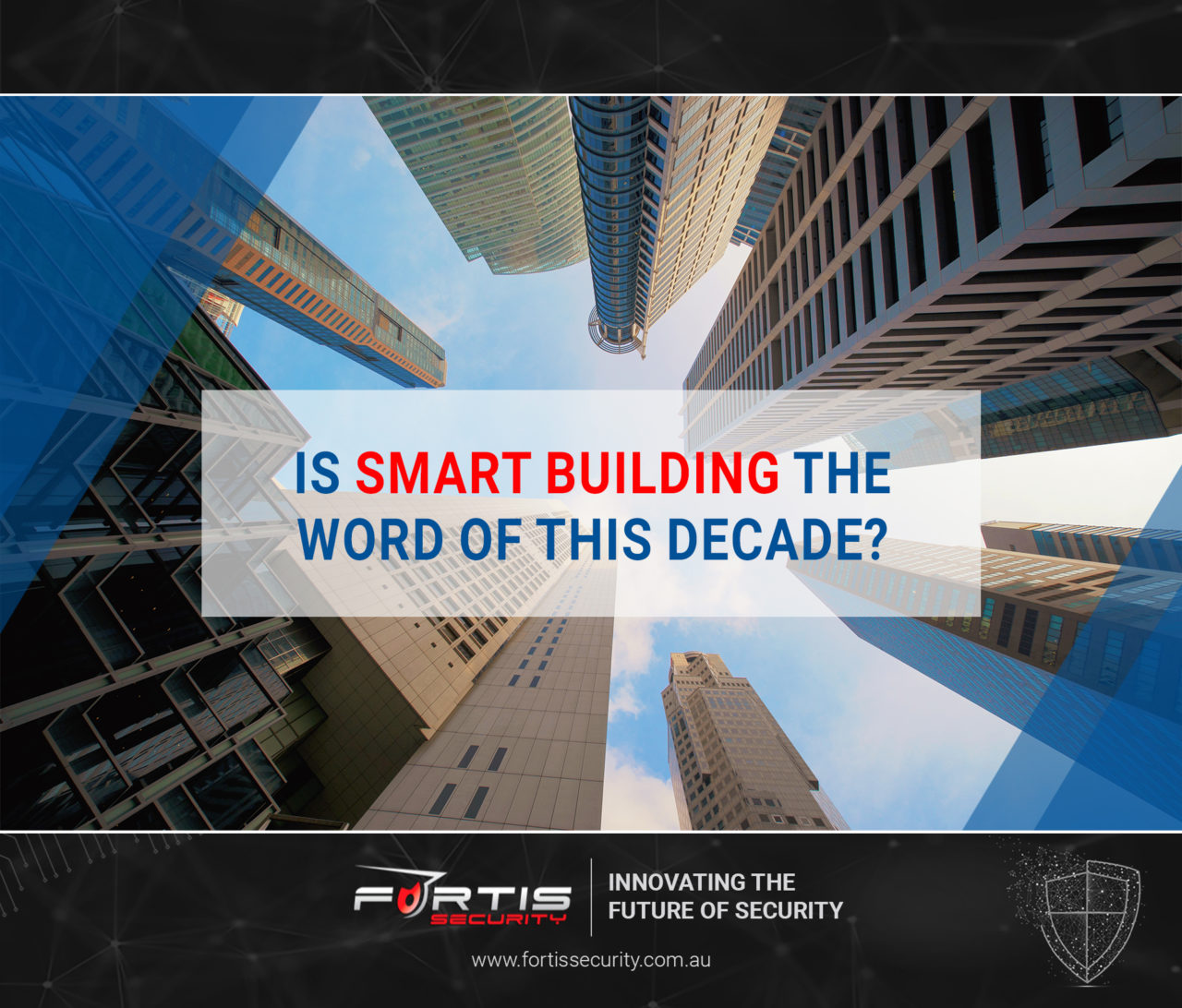Devices, cities, and buildings are becoming smarter, thanks to low-cost IoT sensors and devices delivered across our markets. How do we define Smart? Is Smart a building? The concept of Smart building has been around for a while. So what is a Smart Building? Well, it’s a set of communication technologies that allow different objects, sensors, and functions within a building to communicate and interact with each other and be managed, controlled, and automated remotely. In Smart building, technologies help connect a variety of subsystems that initially operated independently”.
In practice, this means that all systems that were once independent and separate – heating, air conditioning, ventilation, lighting, security systems – can now communicate with each other, exchanging information to coordinate and, most importantly, be monitored and managed remotely.
Communication is fundamental: connected buildings need the right tools and infrastructures to ensure efficient and straightforward data flow. So how do we know which tools or devices to pick? Should it be technology with specifications that are public as opposed to proprietary? Open Architecture systems offer officially approved standards and privately designed architectures, of which are made public by their developers. This generally helps to simplify ongoing support and maintenance (including spare parts replacement). It is easier to find integrators to support the systems, giving owners more competitive options. Owners also have the assurance of future scalability and flexibility.


